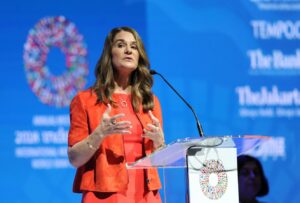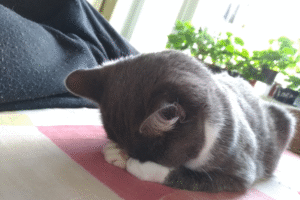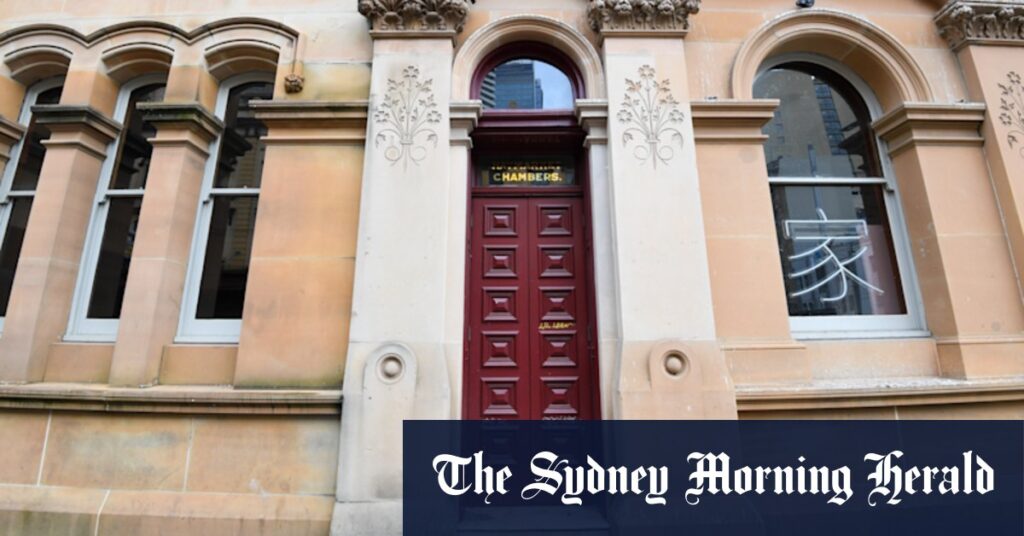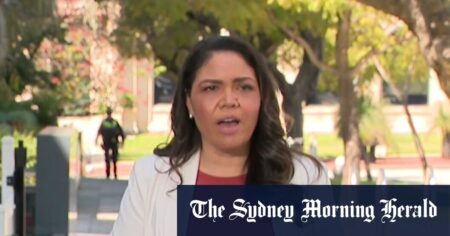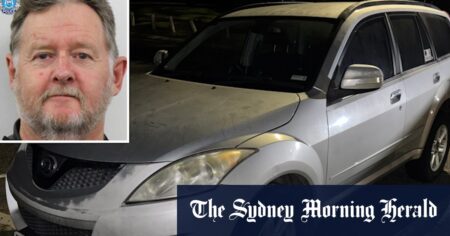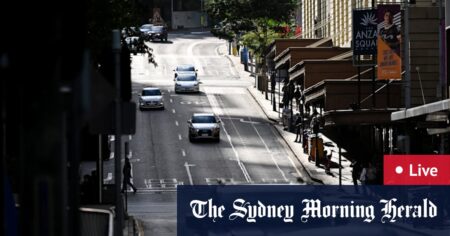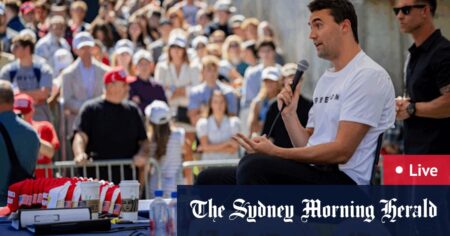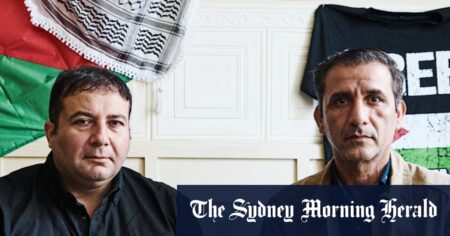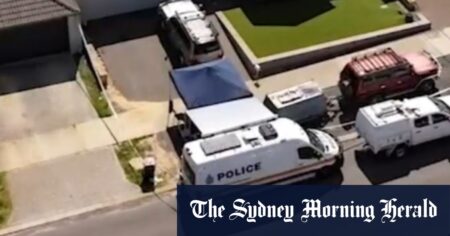But as the institution enters its fourth year of a five-year lease with little progress made, impatience is brewing in some parts of the Chinatown community over the extensive delays. So why hasn’t the Museum of Chinese in Australia opened yet?
History in the making
Sydney’s Chinatown is one of Australia’s best-known and most frequented, with roots tracing back to the 1870s, when Chinese migrants shifted their fruit and vegetable trading from the Rocks to settle around Haymarket.
Chinese people began arriving in Australia as part of the massive migration wave during the gold rush of the 1850s. During the 1900s, they spread into other trades and services, finding prosperity in fruit and vegetable trading, shopkeeping, tobacco farming and clothes laundering. The end of the White Australia policy in 1973 brought another wave of migrants.
But unlike Melbourne and regional cities such as Bendigo (which established its Golden Dragon Museum in 1991) and Ararat (which opened its Gum San Chinese Heritage Centre in 2001), Sydney has fallen behind in establishing its own museum to showcase the contributions of Chinese Australians.
That looked to finally change in mid-2020. As the pandemic set in, Lord Mayor Clover Moore announced the council would lease the property to the Museum of Chinese in Australia.
It would feature a gallery and exhibition space, programming activities, community spaces for events, an artist-in-residence program, and a cafe and shop. It is chaired by 82-year-old Daphne Lowe Kelly, who has spent most of her career serving Chinese-Australian organisations, and was presided over by Dr John Yu, a Chinese-born Australian paediatrician and 1996 Australian of the Year.
But neither the council nor the museum’s leadership anticipated the challenges of establishing a new gallery in a heritage-listed 19th-century building. While the site has given the museum a spiritual and physical home, with rent subsidised by the council, the lease agreement contains pages of added requirements, heritage restrictions and red tape.
“This is an amazing gift,” new MOCA chief executive Peter Cai said of the building. “And it came with a lot of conditions, and some conditions are not easy to address. There are a lot of costs to remedy.”
The initial renovation proposal, overseen by Tony Stephens, the previous chief executive who departed the organisation in January, came to roughly $4.7 million, said Kelly, who estimates the true cost would have been closer to $6 million or $7 million after factoring in contingencies and other unanticipated expenses.
Figures from the Australian Charities and Not-for-profits Commission (ACNC) show revenue from donations and bequests came to $1,766,821 in the four years between fiscal 2021 and 2024.
This figure doesn’t include rent subsidies from the City of Sydney’s accommodation grant program, $2.28 million from Create NSW given in 2022, or two grants from the National Foundation for Australia-China Relations that exceeded $400,000.
In the absence of local donations, lobbying government has been crucial. “It was almost impossible trying to raise any funds during COVID,” Kelly said.
‘People are now questioning many things’
A number of departures on the museum’s board has added to perceptions of volatility. Only three inaugural board members remain: Kelly, Joanna Capon and Yin Cao. Dr John Yu, Stephen FitzGerald and Su-Ming Wong have departed the board. Since then, a number of others have come and gone.
Loading
One former director, speaking anonymously to discuss confidential matters freely, said board members had at times disagreed on the best approach to raising money.
“It’s become a fundraising issue. They need a certain amount of money to open. They haven’t been able to achieve that yet,” they said.
Despite being volunteers for the charity, the former board member described the work as a “full-time job”.
“It was very intense,” they said. “I found myself spending a lot of time on the wrong things.
“While I’ve stepped off the board, I’m still a big supporter and would love to see it open.”
An active representative of the Chinatown community, who declined to be named, said the museum had lost a lot of the goodwill it initially had. “Because it’s been years, people are losing interest or faith,” they said. “People are now questioning many things; where has [the money] gone, how has it been spent?”
The same Chinatown community representative feels the museum has had little to show. “If you can’t fix the building with the money you have, what are you delivering in the meantime?” they asked. “They’re not engaging in the community at all.”
Kelly is aware of the critiques. “They don’t really know what goes behind the scenes, what has to be actually done, and how difficult it is to achieve a lot of what it takes to actually get it open,” she said.
Putting on a show
Plans are now being redrawn for a “reduced scope” refurbishment. Even then, Kelly estimates opening will cost $3 million to $4 million. “That’s still a lot of money,” she said. “You’ve got to remember, we also need to have funds for the programs and operational costs.”
The race is on to pull the various pieces together for a soft launch. On top of refurbishment plans to be redrawn, costed and commenced, an exhibition director (historian and Chinese art and photography curator Shuxia Chen) has been drafted to conceptualise the museum’s first exhibition, which will focus on local stories about Haymarket habitants that have been there for generations, such as the Lam family of Asian grocer Dong Nam A, or the Pang family, which ran a Chinese restaurant in Haymarket for nearly three decades and have donated large sums to the museum.
“We must put on a good show for people,” Cai said. Decisions need to be made about the exhibition’s budget. “You’re talking about special lighting, casings, you have to hire expert consultants to put it all together. It’s not as easy as hanging something on a wall.”
Meanwhile, Kelly is hustling for donations, having visited Canberra to lobby Wong and Plibersek, and sharing bank details in community newsletters. “I’ve been lobbied about this so much,” Wong said at the April event.
The museum has secured its tenancy for another decade, which Kelly hopes will help to encourage donations after hearing feedback that some felt reluctant to donate money for a building that belongs to the council.
“A refit is not as sexy to the philanthropic community,” said another former board member, speaking on the condition of anonymity. “We spoke to a lot of other Chinese museums around the world … The Chinese Canadian Museum took eight years to get running from conceptualisation to open doors. It just takes a little while.”
Cai is excited to showcase the many contributions of Chinese Australians over the decades and is at pains to convey the “complicated nature” of the project to supporters, whom he said had been generous and full of goodwill.
“I can empathise with some of our supporters who just want to see the building open soon,” he said. “I want as much as I can to speed things up.”
Read the full article here



